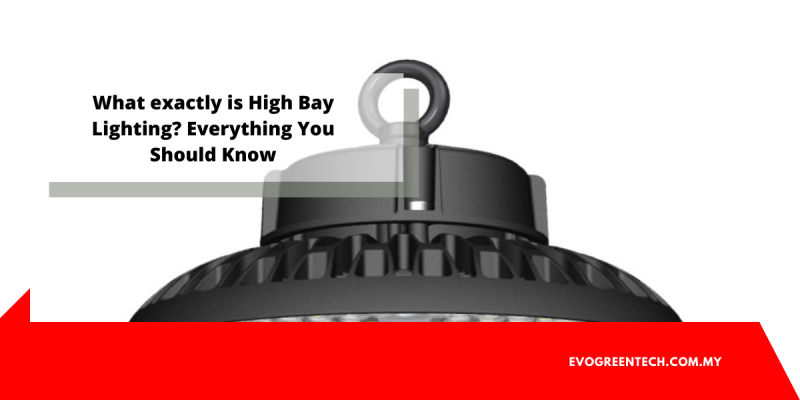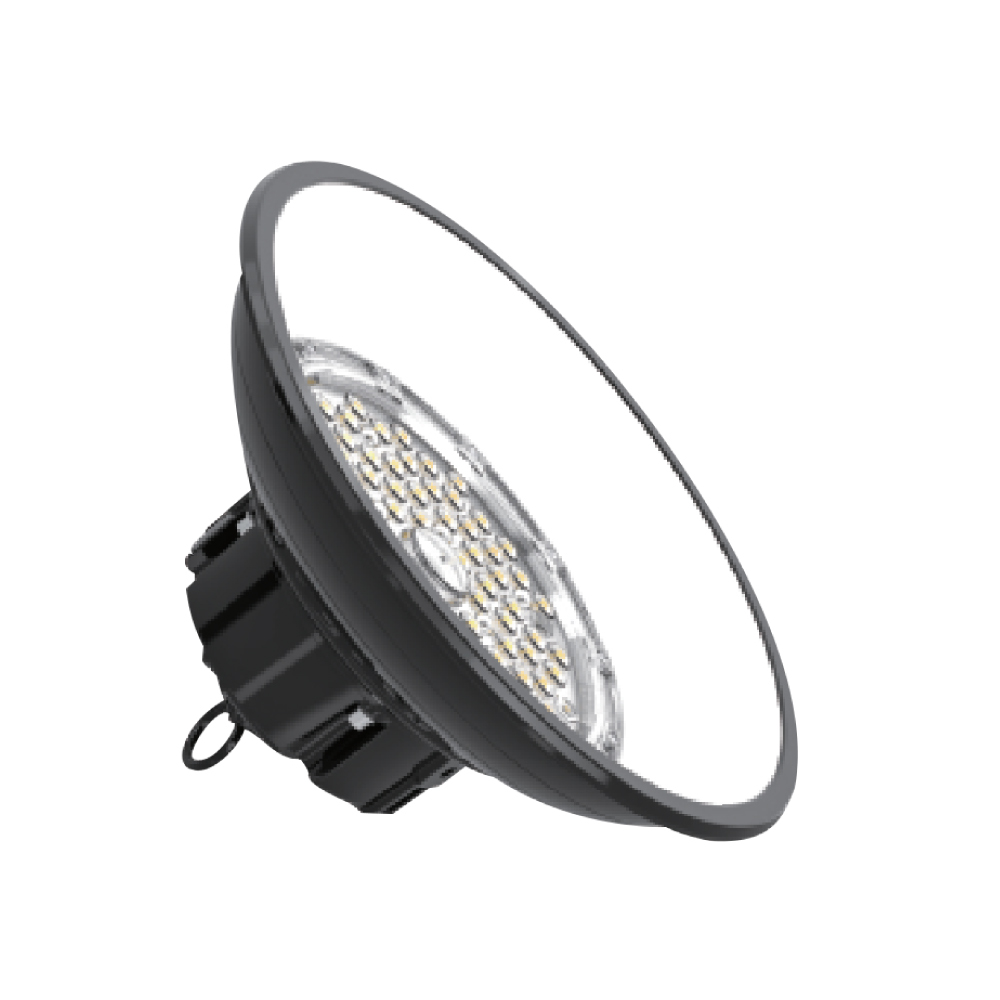What exactly is high bay lighting, and how can it help you?
High bay lighting is typically ideal when a vast indoor space has to be lighted. Consider manufacturing facilities, gymnasiums, warehouses, huge department shops, factories, and other similar structures; these structures are often enormous and cover a lot of vertical as well as horizontal area. This necessitates the use of bright lighting to provide the necessary foot-candle levels to sufficiently enlighten. High bay lighting fixtures are often suspended from the ceiling using hooks, chains, or pendants, or they may be directly attached to the ceiling (similar to troffer lights). The photo above shows high bay lighting in operation.
High bay lighting is required in a variety of businesses and buildings. Among the most frequent are:
- Warehouses
- Industrial establishments (To learn more about Industrial LED lighting, go here.)
- Manufacturing plants
- Gymnasiums in schools and universities
- Community centers and leisure centers are examples of municipal facilities.
- Department shops, for example, are commercial uses.
Why should you pick LED high bay lights over metal halide, fluorescent, or other traditional high bay lights?
When high bay lights were required in warehouses and industrial environments, several lighting methods were (and still are) employed. Metal halide (MH), high pressure sodium (HPS), and fluorescent are among the most prevalent. While each of these bulbs has advantages, industrial LED lighting exceeds traditional lighting in significant ways. Let’s look at some of the numerous factors to consider when considering whether an LED retrofit is right for your warehouse or industrial facility.
- Metal halide high bay lights vs. industrial LED lighting: If you’ve ever been to a baseball game, you’ve probably noticed metal halide lighting on the field. MH lights are commonly used in sports and warehouse/industrial settings (as well as any setting where large, high spaces need to be illuminated). The advantages of MH lights include good color rendering and relatively high foot-candle levels (as opposed to other types of conventional bulbs). Some of its significant shortcomings include a long warm-up time (often 15-30 minutes) and a high maintenance cost, as well as failure characteristics such as flickering on and off. This is in addition to the fact that a large portion of the energy they generate is lost as heat. Learn more about LED vs. Metal Halide Lighting.
- High pressure sodium (HPS) lights vs. LED high bay lighting: HPS lamps are frequently utilized in warehouses, industrial, commercial, and recreational locations where high bay illumination is required. Their advantages include a low cost of entry, good energy efficiency (low running expenses), and a reasonably long lifespan. Although HPS lighting technology retains these benefits over most conventional bulbs, it falls short on all three criteria when compared to LED high bay lighting. HPS bulbs have the worst color rendering on the market and require a warm-up period. Learn more about LED vs. High and Low Pressure Sodium Lights.
- Industrial LED lighting versus fluorescent lighting: Although fluorescent lighting is less widespread, it is occasionally used in warehouse or industrial settings (primarily T12, T8, and T5 lights). Fluorescent lights have lower beginning costs and a reasonably high efficiency (especially when compared to other conventional bulbs). The presence of poisonous mercury (which necessitates specific waste disposal processes), a reduced lifetime when switched on and off, and the need for a ballast to steady the light are all disadvantages. Learn more about the differences between LED and fluorescent lighting.
What are three major benefits of using LED lighting technology for all applications, including high bay?
It’s no secret that LED lighting technology has significantly outperformed traditional lighting in many ways. In addition to the factors mentioned above, there are three general advantages of LED lighting that apply to all lighting applications.
- Maintenance requirements have been reduced. As previously stated, LED lights have a lifespan that is four to forty times that of many traditional bulbs. This implies fewer replacements for burned-out bulbs. LED lighting technology creates light in a different way than traditional fuel and filament lighting by employing a diode (learn more in this blog). This implies fewer moving parts to break and, as a result, fewer repairs or replacements. When it comes to industrial lighting or warehouse lighting, maintenance is very critical. Because high bay lights have greater mounting heights, replacing a bulb needs some specific equipment or imagination. To change or replace bulbs, scaffolding, catwalks, and hydraulic lifts are commonly employed, and each of them might result in additional maintenance or equipment expenditures. Again, the long lifespan of industrial LED lighting means that fixtures must be replaced considerably less frequently, resulting in cost savings for your business.
- Lighting has been improved. When it comes to color rendering index (CRI), correlated color temperature (CCT), and foot candles, industrial LED lighting and high bay lights often outperform most other bulbs. The color rendering index (CRI) of a light is a measurement of its ability to disclose the true color of things when compared to an ideal light source (natural light). In layman’s words, CCT characterizes the “glow” emitted by a bulb – is it warm (reddish) or chilly (bluish white)? Foot candles compare the quantity of light that comes from a source to the amount of light that hits the intended surface; they are essentially a measure of efficiency. LED lights outperform in all three categories.
- Energy efficiency has improved. LED lights not only generate light differently, but they also disperse light differently than conventional lighting systems, using less energy to provide the same output. How exactly does that work? For starters, many traditional lights lose a large portion of the energy they generate by expelling it as heat (this is especially the case with metal halide lighting). Second, most traditional lights are omnidirectional, which means they emit light in all directions. As a result, a lot of light is wasted aiming at a ceiling or being diluted since it has to be diverted using fixtures. Industrial LED lighting for high bay applications overcomes these two wasteful energy issues (through heat loss and omnidirectional emission).
For more information about high bay light malaysia, please visit https://www.evogreentech.com.my/



